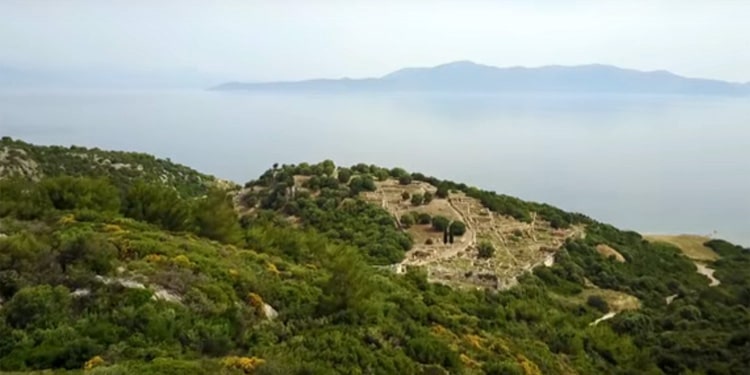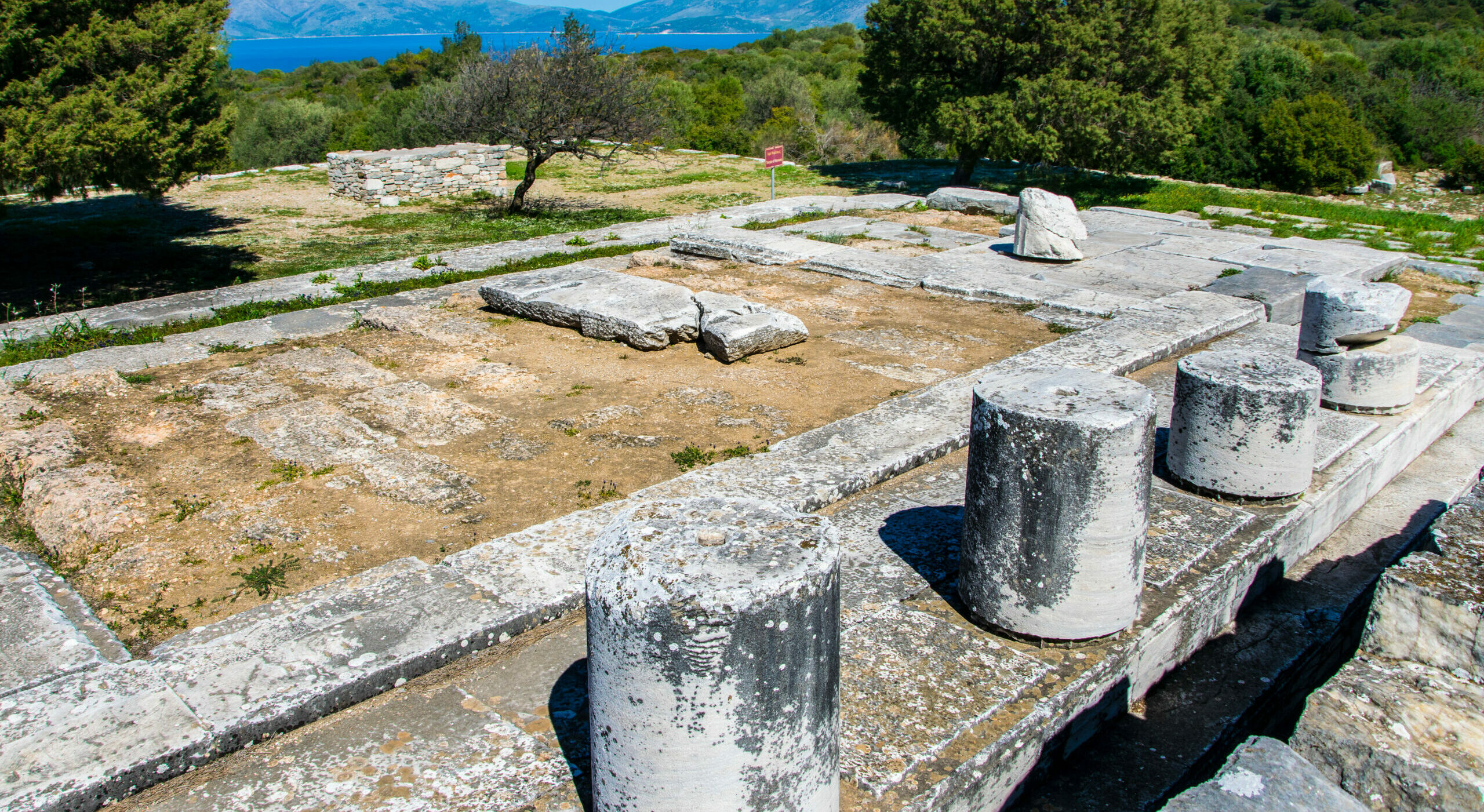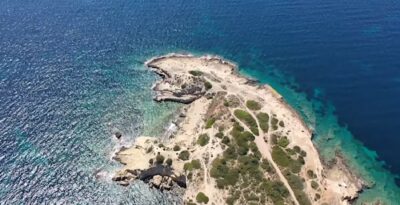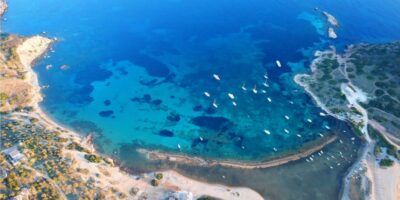Ramnoudas is named after the shrub that grows to this day in the area. And of course we’re talking about the Marathon area.. He was represented by Deputies in the ancient parliament and was famous all over Greece for the worship of the goddess Nemesis. The archaeological site of Ramnounda is located near the sea between two coves. Nemesis was the divine judge, the goddess who kept human relations in balance. According to mythology,she was hunted by Zeus and transformed into a goose to avoid him. However, Zeus took the form of a swan and made her his own in Ramnounda. From their union, Nemesis gave birth to an egg through which was born Eleni of troy and the Dioscuri .
The inhabitants of the area worshipped Nemesis and built a sanctuary in her honor, which was the most important at the time in ancient Greece. In Ramnounda there are two sanctuaries dedicated to Nemesis, one large and one small.
The sanctuary was founded at the beginning of the 5th century. B.C. and was burned over the next few centuries. In the temple’s house, the statue of Nemesis, which was 4 meters high and was painted by Phidias, was in the temple. As material was used marble that brought with them the Persians during the siege of Attica. According to historical sources, the sanctuary of the Nemesis of Ramnounda is related to the victory of the Athenians in the Battle of Marathon, which is very close. The teble was built around 430 BC Next to it was another temple of Nemesis and Themida. Nemesis was also called Ramnousia, because of her statue and her temple in Ramnounda.
Ramnoudas and the pictures today

Today in the area is preserved the fortress with the wall, which surrounds the settlement, small sanctuaries, the theater ,and the high school of the city…



